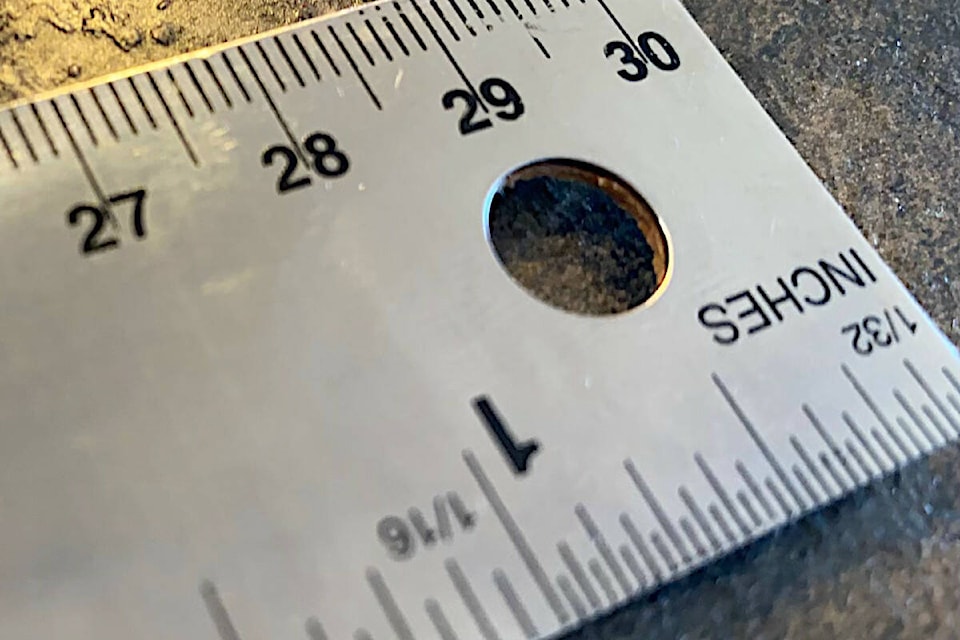When Canada made the switch to the metric system, the change was supposed to bring a level of simplicity.
Metric is based on multiples of 10, 100 or 1,000. For measuring length, there are 100 centimetres in a metre and 1,000 metres in a kilometre. Weights are measured in grams and kilograms, with 1,000 grams to a kilogram. Volume has 1,000 millilitres to the litre. And temperature, using Celsius, is based on the freezing point of water at 0 C and the boiling point at 100 C.
In theory, it�㽶��Ƶֱ���s a great system, but it hasn�㽶��Ƶֱ���t worked out as well as expected. Converting our system of measurements took time and it was not well received by all.
And even today, almost half a century after the move to metric began, some of the packaging sizes I see are anything but streamlined.
READ ALSO:
READ ALSO:
The pages in the notebook on my desk are 24.1 centimetres by 15.2 centimetres, rather than 24 or 25 centimetres by 15 centimetres.
Some products sold by weight are in containers of 227 grams and 117 grams. There are a few items sold in 28-gram packages.
Beverage containers include 355-ml, 473-ml, 591-ml and 695-ml, in addition to one-, two- and four-litre containers.
These numbers make calculations a challenge. The other day, I noticed the nutritional information on a one-litre soft drink container. One litre is a nice metric measurement, but the serving size listed was 355 millilitres. This one-litre bottle does not have three full servings. Instead, it has 2.8169 servings. The serving size would translate to 12 fluid ounces.
While Canada made the transition to the metric system beginning in the 1970s, the United States continues to use quarts, gallons, ounces, pounds, feet, inches and miles. The packages have metric measurements but are based on U.S. sizes.
The United States is one of only three countries not using the metric system. The others are Liberia and Myanmar. These three countries have a combined population of around 393 million people and represent less than five per cent of the world�㽶��Ƶֱ���s population.
For most but not all measurements, Canada uses the same standard as 95 per cent of the world. Seeing packaging based on sizes used by a small minority of people seems a bit odd.
The United States has the world�㽶��Ƶֱ���s largest economy at present. More than 70 per cent of Canada�㽶��Ƶֱ���s international trade is with this country. China, our second-largest trading partner, accounts for around eight per cent of Canada�㽶��Ƶֱ���s international trade.
The amount of cross-border trade between the United States and Canada affects some of the sizes we see in stores in Canada. However, just because we trade heavily with the United States, we are not obligated to follow their lead.
Every country is free to use its own system of measurements and to adopt its own laws, regulations and government structures. We do not have to conform to our largest neighbour and dominant trading partner, and the United States is under no obligation to follow our structures here.
After the time and effort, it took to adopt the metric system in Canada, changing our measurements now in order to conform to the United States would generate no shortage of outrage.
Still, a universal standard would make international trade and consumer purchases a lot easier than the size conversions we encounter today.
John Arendt is the editor of the Summerland Review.
To report a typo, email:
news@summerlandreview.com.
news@summerlandreview.com
Like us on and follow us on .



